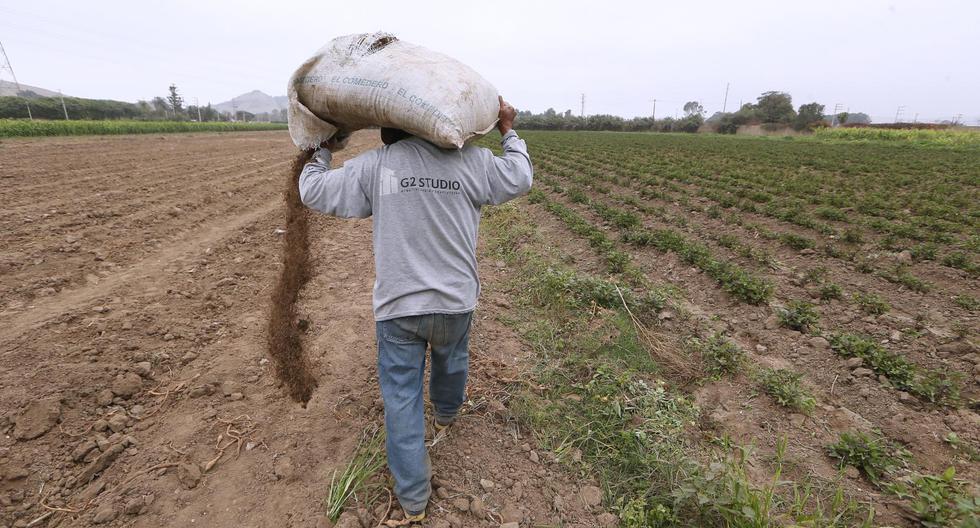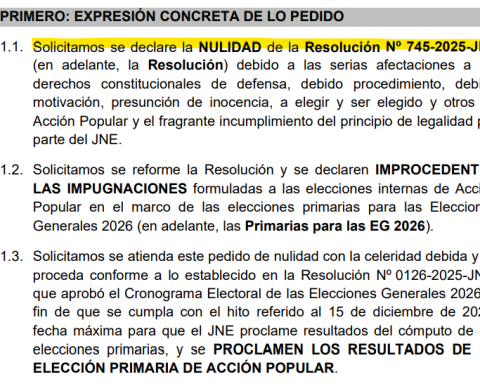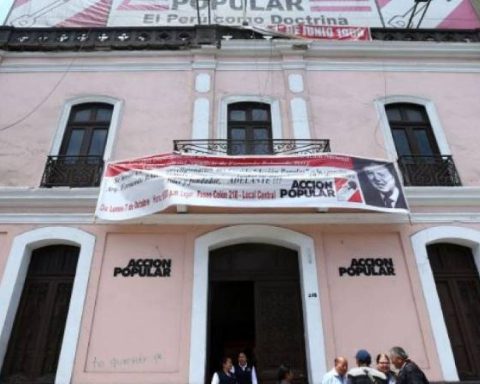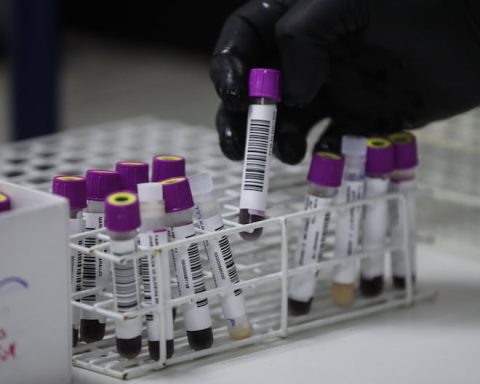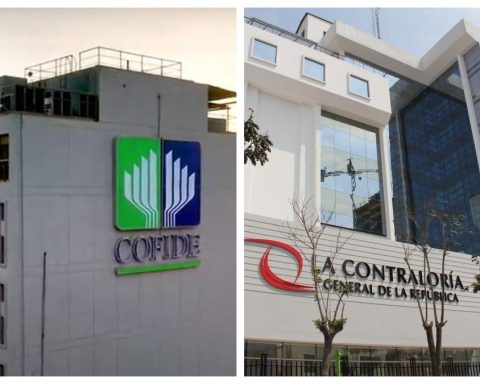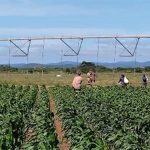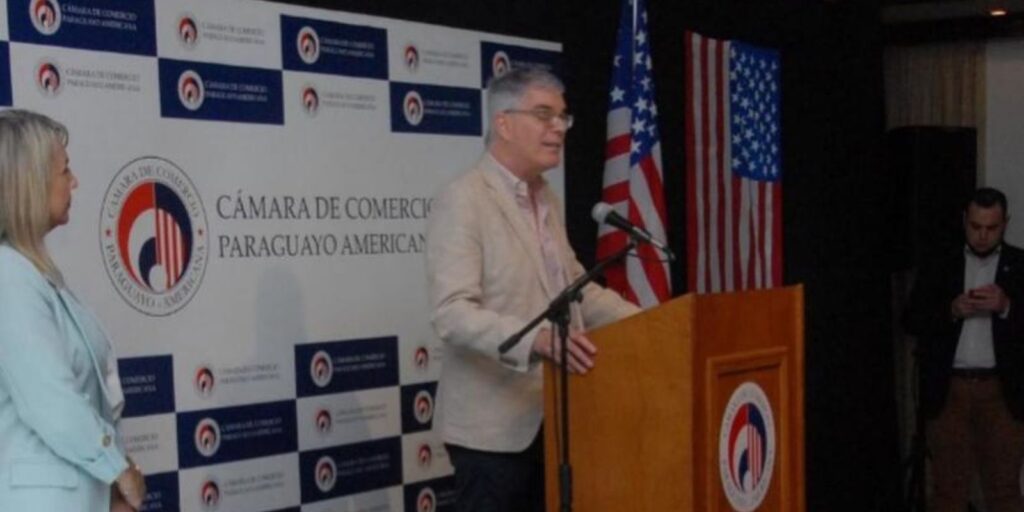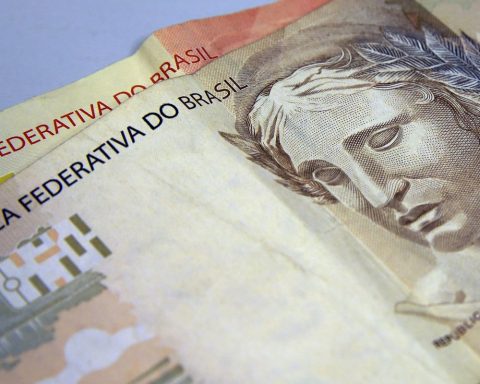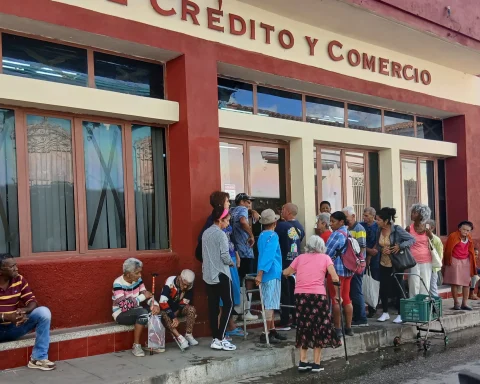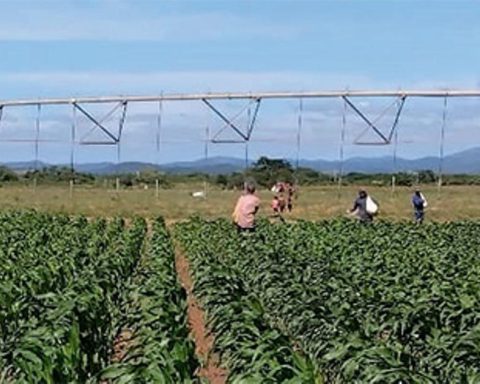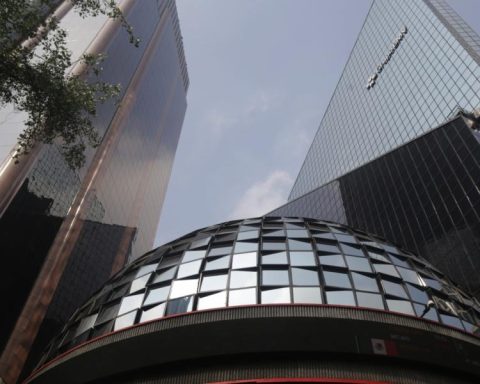In a recent control report, the Comptroller detected irregularities in the third purchase process of urea carried out by the Ministry of Agriculture through Agro Rural.
Thus, among the observations, they indicated that the process had not considered conditions for the amortization of advances, presentation of the anti-corruption affidavit, other penalties and deadlines in the contract subscription and execution phase.
For the former head of Agriculture Juan Manuel Benites, unfortunately, we are facing yet another delay, despite the fact that Minister Andrés Alencastre has indicated that this is not going to stop the process, it is going to amend and continue. However, Benites indicated that we have been postponing it since March and the government’s purchase is less and less important. “It could help regulate the price because it is a purchase of more than S / 300 million, although how it will be managed is still on the table,” he said.
Likewise, he stressed that the subsidiary role of the State has not been clear, to whom it will be sold, how the farmers’ registers are found, or who will obtain the benefit; because it could, if there is no transparency in the mechanism, end up being a welfare and clientelistic program.
LOOK: Andrés Alencastre: “Only 135,000 would be creditors of the first batch of urea”
IT’S TOO LATE
Gabriel Amaro, director of the Association of Agricultural Producers Guilds of Peru (AGAP), explained that, depending on the region, the agricultural campaign is already over and some small farmers (in the entire chain there are 90% of small production units) have already started without the fertilizer and for them it is late.
“Crops such as potatoes, onions, corn, vegetables and permanent crops such as fruit trees, which have preparatory work, are affected,” he said.
NO DIALOGUE
Amaro stated that from AGAP they warned that there would be a problem since last year and that it was aggravated by the war between Russia and Ukraine.
“We asked for spaces for joint dialogue that have not been given until now. We met with the Ministry of Economy and the Ministry of Agriculture months ago, but they persisted in the purchase,” he said.
Amaro noted that, even if the whole process goes well, the next problem is that it does not end there because the next campaign will come and the inconvenience due to the price of fertilizers will last all next year.
“What strategy is the government going to implement? It should give private companies access to supply lines and focus on a subsidy to producers”, he said.
On the other hand, Benites pointed out that although there is a significant hiccup due to the war, the market has been regulated because in other countries more has been produced, covering their internal market and then exporting, and for this reason the price is being regulated.
“We are over US$500 per ton of urea, almost half the price of when the problem started. On the other hand, it is known that planting intentions have increased by 4%, it would seem that at least for the actors in the field, plantings would be normal”, he noted.
KEEP IN MIND
- According to Gabriel Amaro, imported urea and ammonium nitrate are equivalent to 40% of total fertilizers.
- In addition, there are seven other important fertilizers: ammonium phosphate (18%), monoammonium phosphate (13%), superphosphate, potassium, zinc, boron, among others.
